How will the continued advancement of artificial intelligence (AI) impact the handling and management of future national security crises? This is what a re | Technology
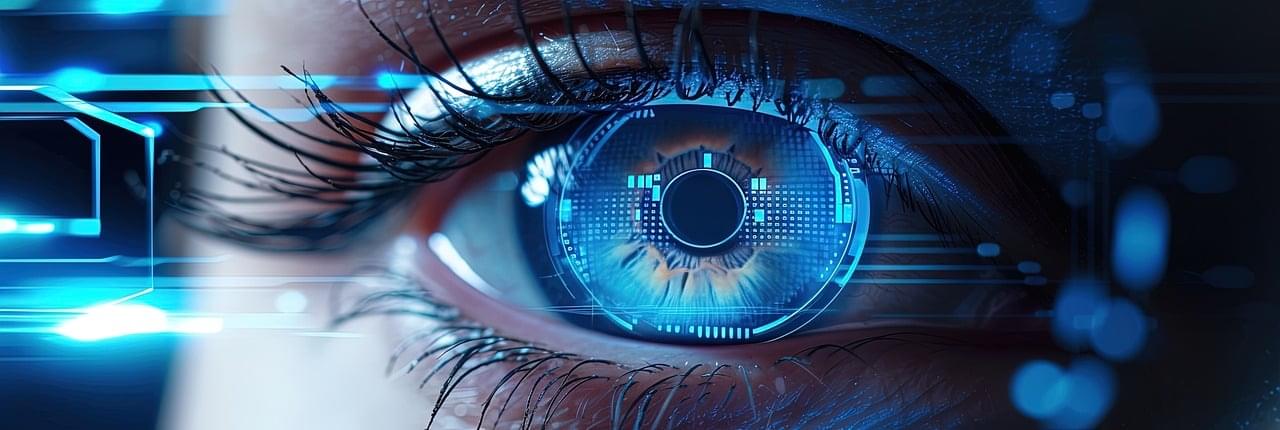

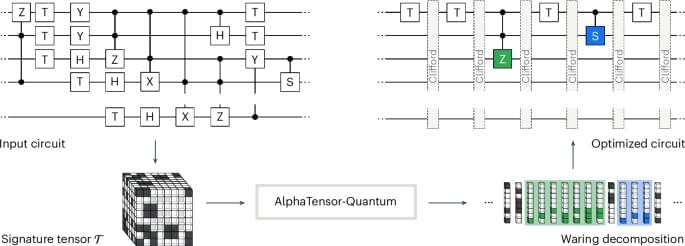
AlphaTensor–Quantum addresses three main challenges that go beyond the capabilities of AlphaTensor25 when applied to this problem. First, it optimizes the symmetric (rather than the standard) tensor rank; this is achieved by modifying the RL environment and actions to provide symmetric (Waring) decompositions of the tensor, which has the beneficial side effect of reducing the action search space. Second, AlphaTensor–Quantum scales up to large tensor sizes, which is a requirement as the size of the tensor corresponds directly to the number of qubits in the circuit to be optimized; this is achieved by a neural network architecture featuring symmetrization layers. Third, AlphaTensor–Quantum leverages domain knowledge that falls outside of the tensor decomposition framework; this is achieved by incorporating gadgets (constructions that can save T gates by using auxiliary ancilla qubits) through an efficient procedure embedded in the RL environment.
We demonstrate that AlphaTensor–Quantum is a powerful method for finding efficient quantum circuits. On a benchmark of arithmetic primitives, it outperforms all existing methods for T-count optimization, especially when allowed to leverage domain knowledge. For multiplication in finite fields, an operation with application in cryptography34, AlphaTensor–Quantum finds an efficient quantum algorithm with the same complexity as the classical Karatsuba method35. This is the most efficient quantum algorithm for multiplication on finite fields reported so far (naive translations of classical algorithms introduce overhead36,37 due to the reversible nature of quantum computations). We also optimize quantum primitives for other relevant problems, ranging from arithmetic computations used, for example, in Shor’s algorithm38, to Hamiltonian simulation in quantum chemistry, for example, iron–molybdenum cofactor (FeMoco) simulation39,40. AlphaTensor–Quantum recovers the best-known hand-designed solutions, demonstrating that it can effectively optimize circuits of interest in a fully automated way. We envision that this approach can accelerate discoveries in quantum computation as it saves the numerous hours of research invested in the design of optimized circuits.
AlphaTensor–Quantum can effectively exploit the domain knowledge (provided in the form of gadgets with state-of-the-art magic-state factories12), finding constructions with lower T-count. Because of its flexibility, AlphaTensor–Quantum can be readily extended in multiple ways, for example, by considering complexity metrics other than the T-count such as the cost of two-qubit Clifford gates or the qubit topology, by allowing circuit approximations, or by incorporating new domain knowledge. We expect that AlphaTensor–Quantum will become instrumental in automatic circuit optimization with new advancements in quantum computing.
Boston Dynamics’ Atlas has elevated robotics by mastering breakdance moves using motion capture and reinforcement learning.
Chinese tech experts have introduced a groundbreaking humanoid robot prototype, setting the stage for its integration into homes.
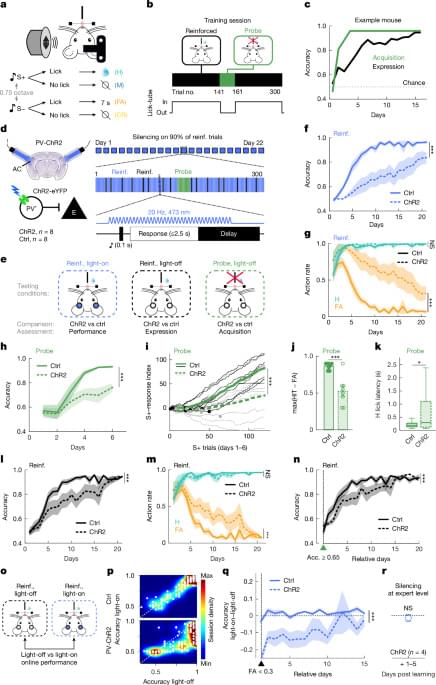
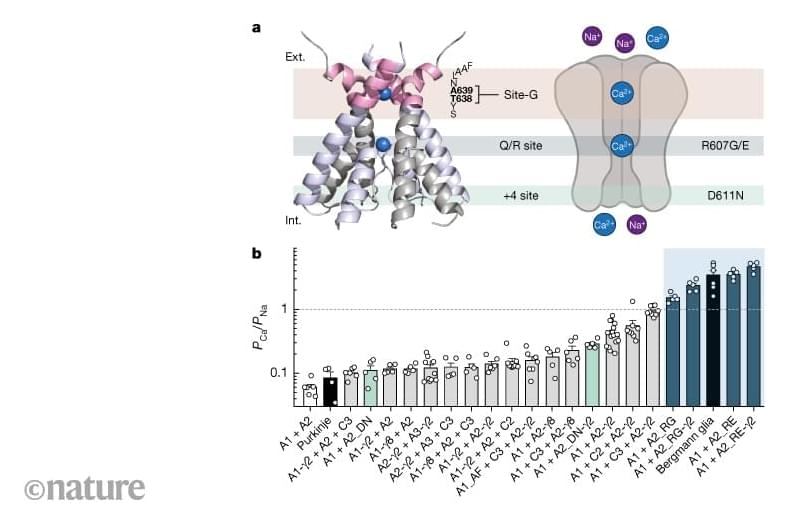
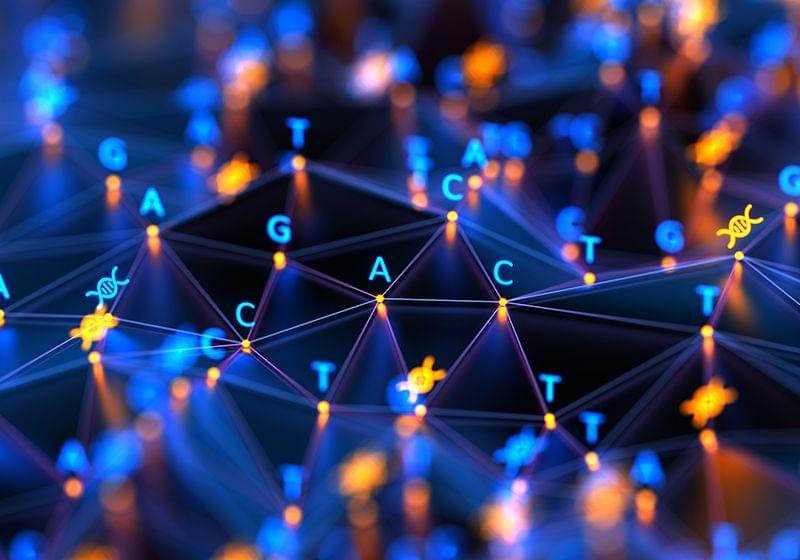
In addition, traditional techniques do not allow researchers to optimally handle diverse sample types, including DNA samples from common sources such as saliva, blood, or formalin-fixed paraffin-embedded (FFPE) tissues. Such relative inflexibility limits the ability of scientists to efficiently compare sequencing results between different samples from the same individual as well as between different individuals, further complicating downstream data collection and reliability.
Library preparation kits that are designed to improve the efficiency and reproducibility of WGS workflows are a welcome addition to the sequencing repertoires of laboratory scientists engaged in cutting-edge and scalable translational research. Importantly, the versatility, adaptability, and turnaround time of novel library preparation solutions have the power to standardize protocols, eliminate workflow bottlenecks, preserve resources, and uncover new opportunities. Overall, preparation kits that have built-in adaptability to the inherent variability of WGS protocols enable more straightforward optimization and better results than traditional approaches.
Covaris’s truCOVER WGS PCR-free Library Prep Kit is a versatile, cutting-edge solution that addresses the inherent complexity of WGS workflows using a rapid, reliable, reproducible, efficient, and cost-effective approach. The kit enables adaptable PCR-free library preparation from different types of samples, including saliva, blood, and FFPE for a wide range of downstream sequencing workflow applications. The truCOVER kit streamlines library preparation processes by eradicating rate-limiting obstacles such as fragmentation bias and eliminating the need for PCR-based quality control steps.
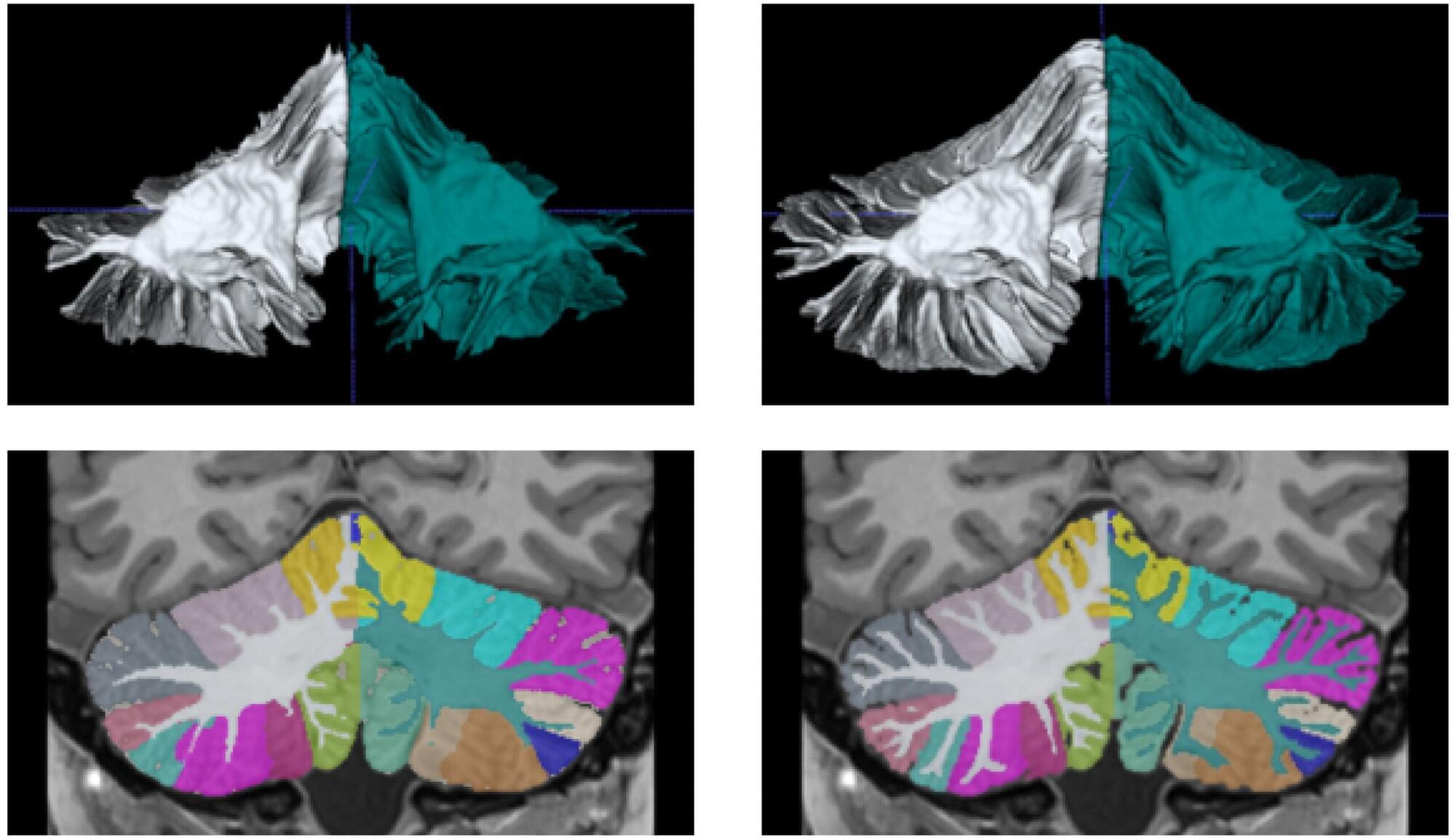
A team of researchers from the Universitat Politècnica de València (UPV) and the French National Center for Scientific Research (CNRS) has developed the world’s most advanced software to study the human cerebellum using high-resolution NMR images.
Called DeepCeres, this software will help in the research and diagnosis of diseases such as ALS, schizophrenia, autism and Alzheimer’s, among others. The work of the Spanish and French researchers has been published in the journal NeuroImage.
Despite its small size compared to the rest of the brain, the cerebellum contains approximately 50% of all brain neurons and plays a fundamental role in cognitive, emotional and motor functions.
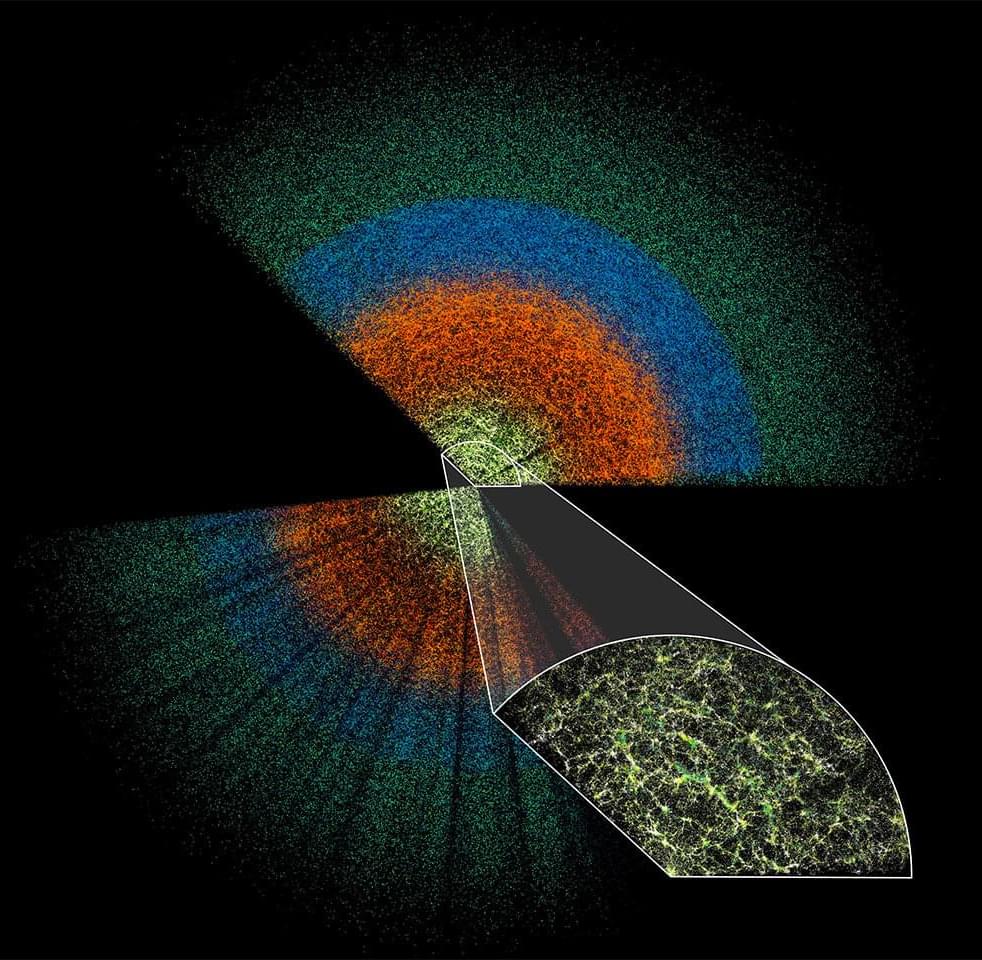
The Dark Energy Spectroscopic Instrument (DESI) is mapping millions of celestial objects to better understand dark energy—the mysterious driver of our universe’s accelerating expansion. Today, the DESI collaboration released a new collection of data for anyone in the world to investigate.
The dataset is the largest of its kind, with information on 18.7 million objects: roughly 4 million stars, 13.1 million galaxies, and 1.6 million quasars (extremely bright but distant objects powered by supermassive black holes at their cores).
While the experiment’s main mission is illuminating dark energy, DESI’s Data Release 1 (DR1) could yield discoveries in other areas of astrophysics, such as the evolution of galaxies and black holes, the nature of dark matter, and the structure of the Milky Way.
